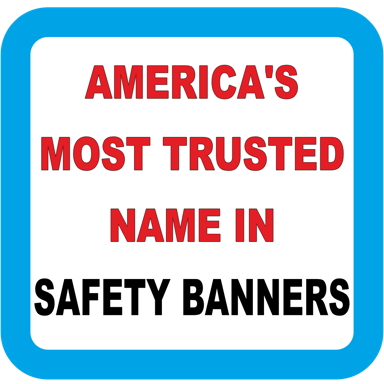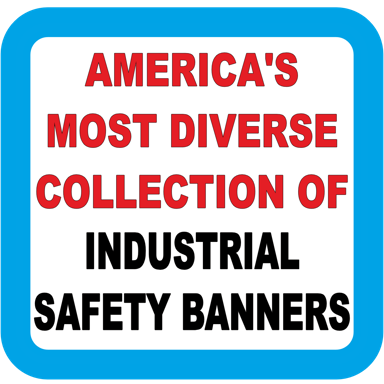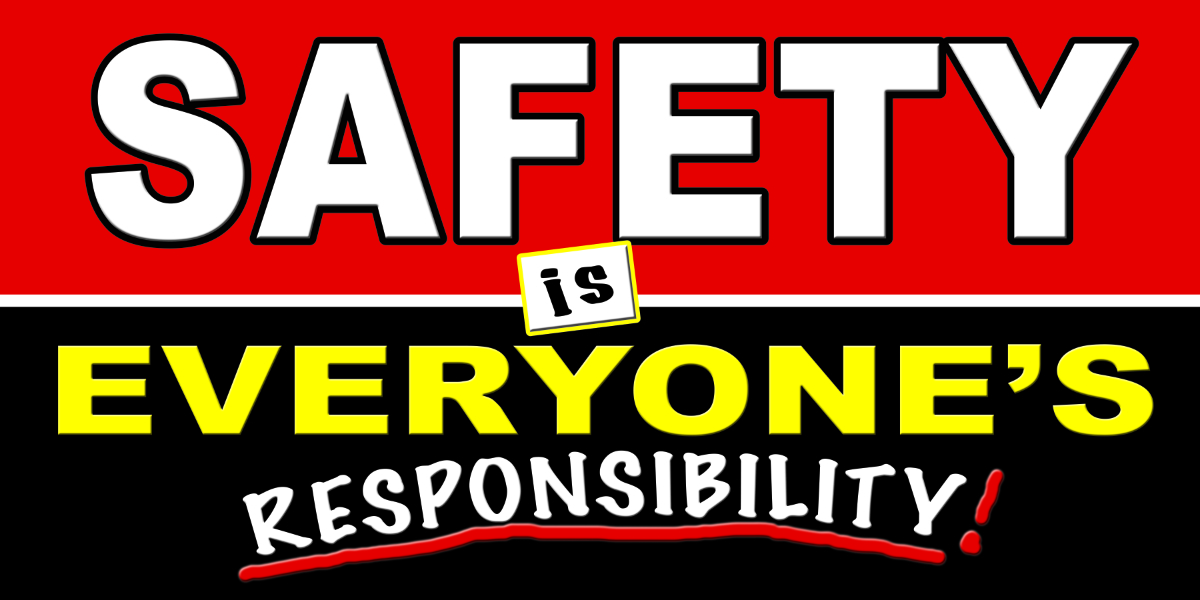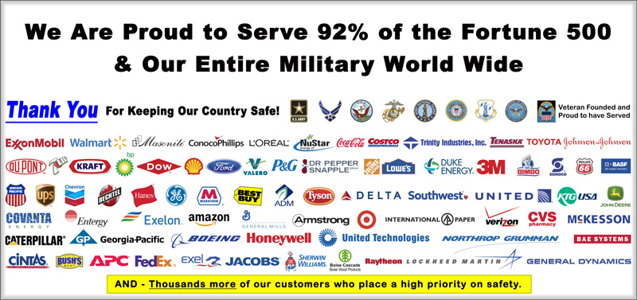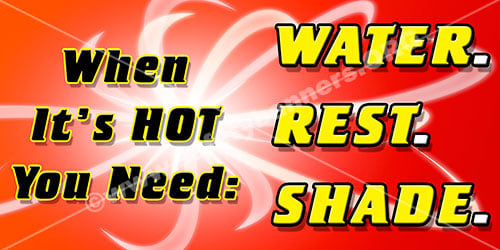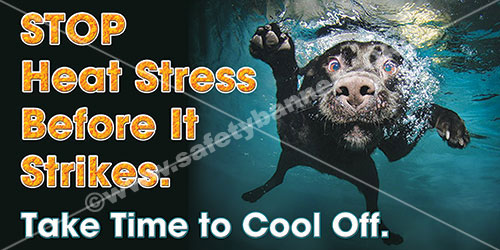Safety Banners to help prevent Heat Stroke, Heat Stress and Heat Exhaustion
CLICK HERE for all our safety banners.
CLICK HERE for our NEW safety store, Safety Banners USA (safetybannersUSA.com)
Heat Stroke is a BIG problem. It is going to be a SCORCHER this summer in most of the country. Make your people HEAT STROKE & STRESS aware and save lives. True Heat Stroke is a deadly people killer. Over half of the people who suffer heat stroke die.
Safety is a year around job and the year has seasons, so we decided to offer Holiday and Summer Heat stroke safety banners. PLUS - we offer FREE* safety banner design to meet you exact Holiday and Seasonal, as well as Heat Stroke and Heat Related Illness safety banner needs. Call us at 901-759-0932 to tell us your design need. Our banners are extremely durable and can be taken down and stored for use nest year. Plus, the changing seasons freshens up your look and safety message rotation.
As far as we know, SafetyBanners.Org is the only manufacturer to offer heat, seasonal and holiday theme safety banners – yet another first by SafetyBanners.Org. If you have a slogan or message in mind that is heat, seasonal or holiday oriented in nature, let us design the banner for you - for free! As long as it conforms to our design standards, and it is generic enough we can resell it on our site, we will design your holiday safety banners for FREE*.
The Worlds ONLY line of Summer Heat Safety and Heat Stroke Safety Banners.
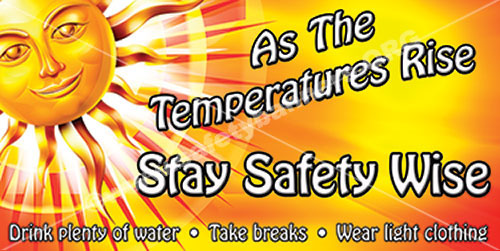 We intend to continually expand our heat, seasonal and holiday selection and give you the opportunity to keep your safety message fresh and noticeable.
We intend to continually expand our heat, seasonal and holiday selection and give you the opportunity to keep your safety message fresh and noticeable.
Safety isn't seasonal, but your banners can be.
When both temperature and humidity are high, humans can experience considerable heat stress. In the U.S., extreme heat may have greater impact on human health than any other type of severe weather. The combined effects of temperature and humidity cannot be directly measured but can be assessed by calculation of an "apparent temperature".
This index of "how hot it feels" should not be confused with the Heat Index used by NOAA's National Weather Service. Because the latter index is not defined for temperature below 80°F (27°C) and relative humidity below 40%, it is not suitable for compilation of a climatology. To include values below these limits would be a misuse of the Heat Index.


